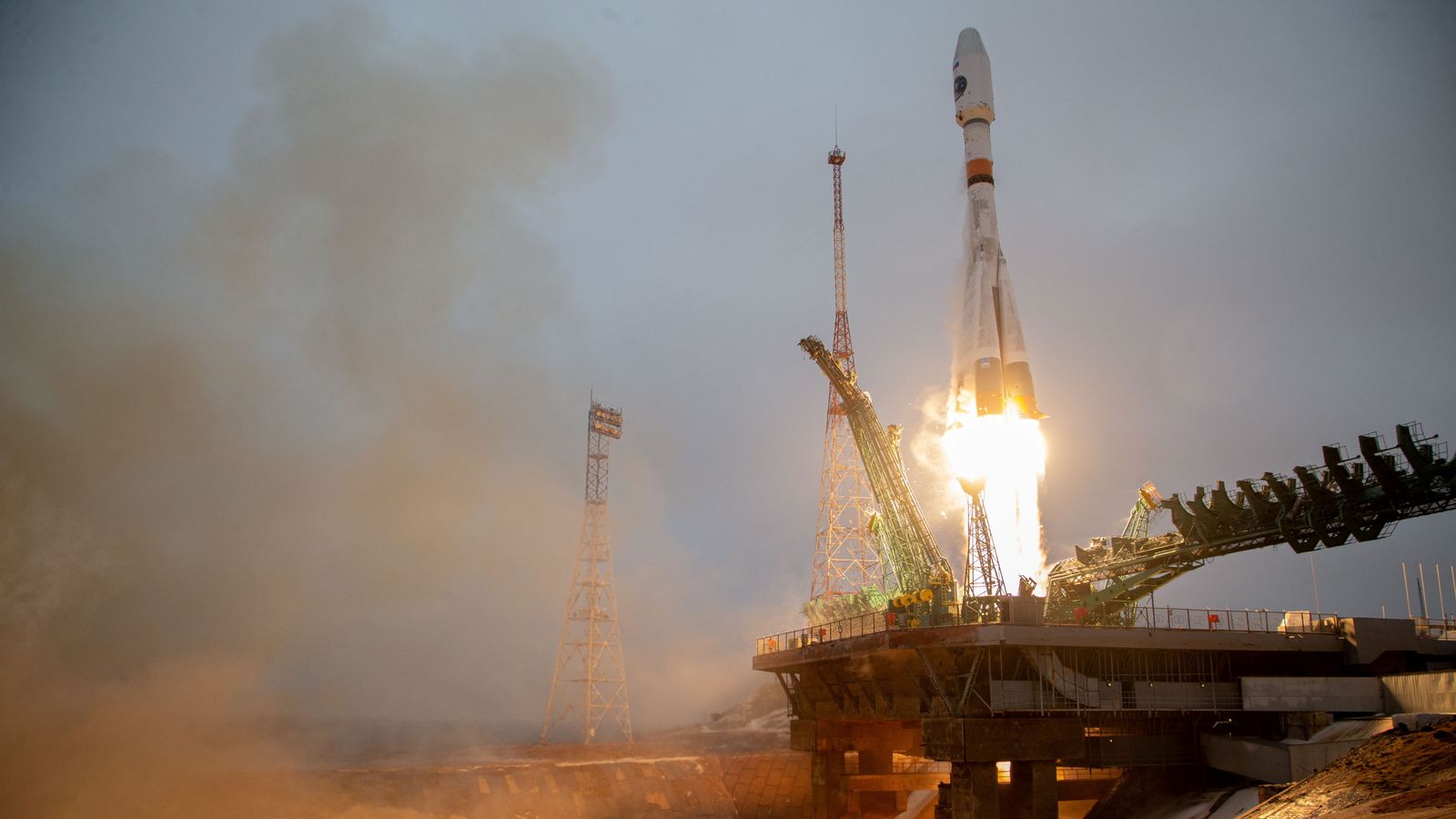Russia has launched a space satellite to monitor the climate and environment in the Arctic – a move by the Kremlin to expand the country’s activities in the region.
The Arctic has warmed more than twice as fast as the global average over the past three decades and Moscow is seeking to develop the energy-rich region, investing in the Northern Sea Route for shipping across its long northern flank as ice melts.
The satellite – Arktika-M – successfully reached its intended orbit after being launched from Kazakhstan’s Baikonur cosmodrome by a Soyuz rocket, Dmitry Rogozin, the head of Russia’s Roscosmos space agency, said in a post on Twitter.
he added that Russia plans to send up a second satellite in 2023 and, combined, the two will offer round-the-clock, all-weather monitoring of the Arctic Ocean and the surface of the Earth.
The Arktika-M will have a highly elliptical orbit that passes high over northern latitudes allowing it to monitor northern regions for lengthy periods before it loops back down under the Earth.
According to the space agency, at the right orbit, the satellite will be able to monitor and take images of the Arctic every 15-30 minutes, which can’t be continuously observed by satellites that orbit above the Earth’s equator.
Roscosmos also said the satellite will be able to retransmit distress signals from ships, aircraft or people in remote areas as part of the international Cospas-Sarsat satellite-based search-and-rescue program.






















